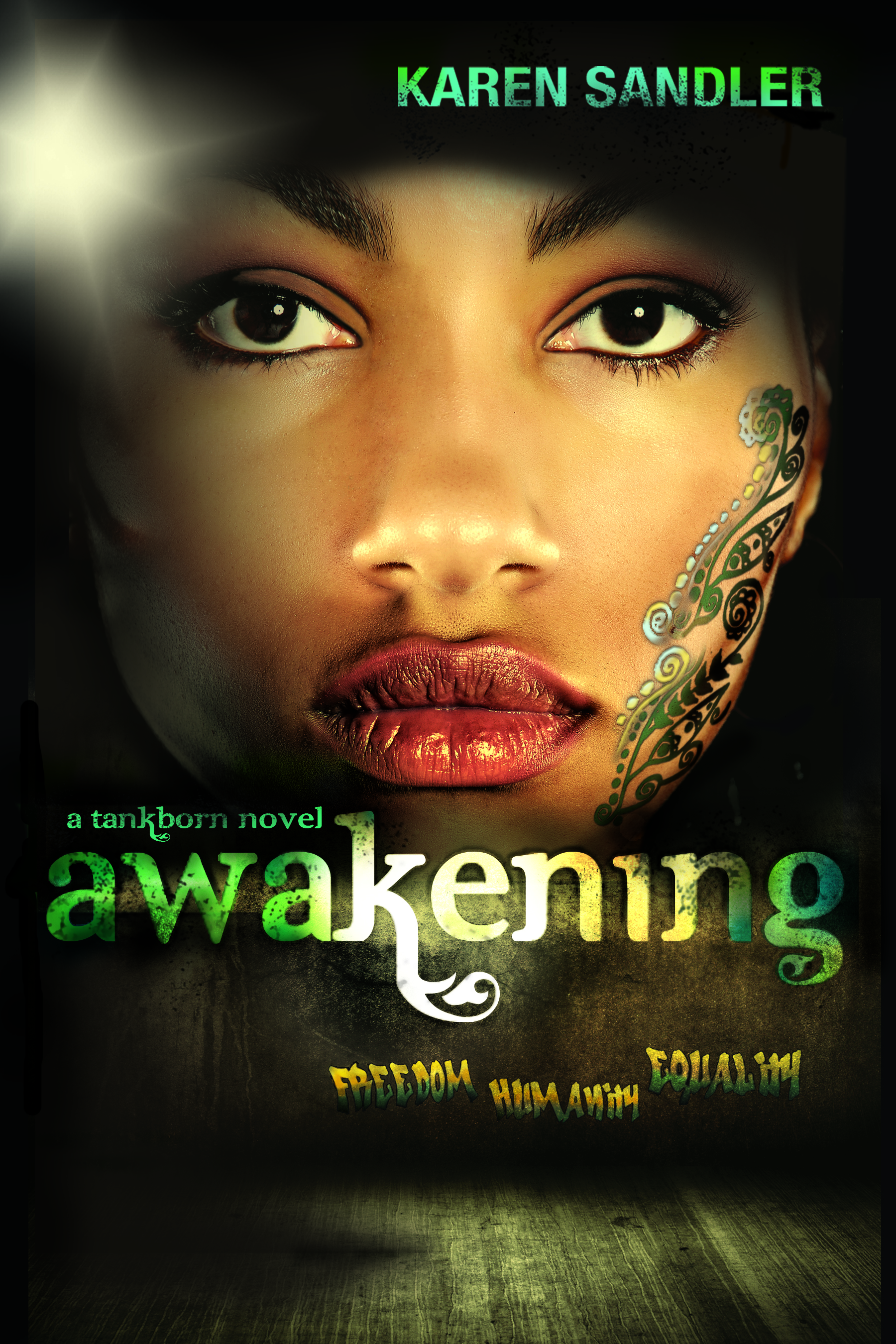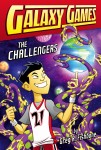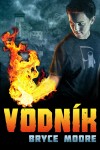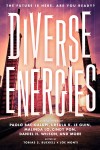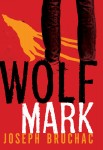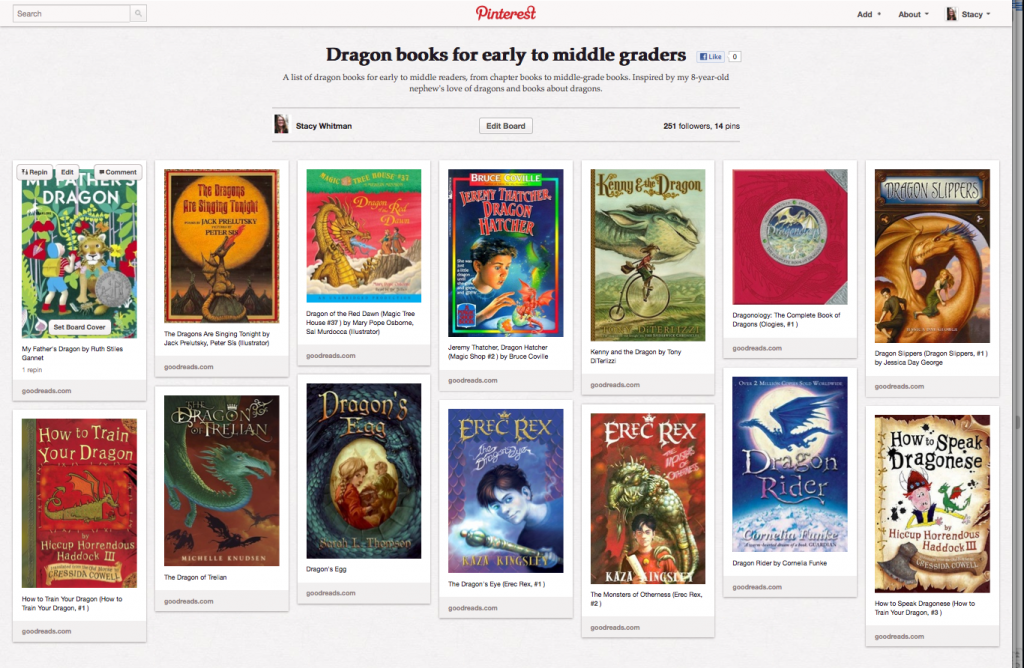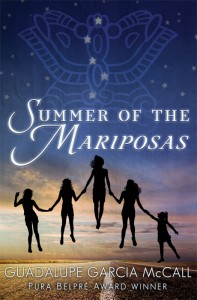 Now that yesterday was the official release day for Diverse Energies, both fall Tu books are officially out! Go forth and purchase! Tell your friends! Tell your family! Buy one for the dog!
Now that yesterday was the official release day for Diverse Energies, both fall Tu books are officially out! Go forth and purchase! Tell your friends! Tell your family! Buy one for the dog!
It looks like the hardcover is not quite released yet on Amazon, which means that books are en route to their warehouses from our warehouse, and that pre-orders will start shipping soon. The Kindle version is available as well. So go ahead and pre-order the hardcover if Amazon is your thing—it’ll be along very soon.
At B&N, the Nook version is available and the hard copy is orderable both in person and online. You can also find it at most major online retailers, and directly from Lee & Low on our site (click the cover). The e-book will also soon be available in the Google Play store and iBookstore.
If you prefer a local independent, make sure to ask your local indie to stock it if they aren’t already doing so! Your word of mouth makes a huge difference for small presses like us. If you’re in Oregon or want to order online from Powells, I know that Powells Cedar Hills has signed copies (by Cindy Pon and Malinda Lo) left from a Sirens signing, so you might be able to track those down.
 And if you haven’t checked out Summer of the Mariposas yet, it’s been out for a couple weeks already! What are you waiting for? If you’re in Texas, I hear that the book is in the Local Author section of a few B&Ns. If it’s not in yours, request it! Same for your local indie. For ordering online, it’s available at all major retailers in hardcover (including on the Lee & Low site—click the cover) and e-book. Google Kindle Nook iBooks
And if you haven’t checked out Summer of the Mariposas yet, it’s been out for a couple weeks already! What are you waiting for? If you’re in Texas, I hear that the book is in the Local Author section of a few B&Ns. If it’s not in yours, request it! Same for your local indie. For ordering online, it’s available at all major retailers in hardcover (including on the Lee & Low site—click the cover) and e-book. Google Kindle Nook iBooks
And if you’re more of a library type, if your local library system hasn’t already ordered the book, be sure to request it! Both books have gotten GREAT reviews (I’ll post a few below) and any library would be enriched to have them.
For teachers and school librarians, you can contact our sales department directly to place large orders, or you can use our website (which takes purchase orders).
And when you have finished the books and savored them, may I ask that you review them at the online venue of your choice? Reviews at Goodreads and Amazon really help out, if you’re looking for a way to support Tu Books!
Praise for Summer of the Mariposas
“In her first fantasy, Pura Belpré winner McCall (Under the Mesquite, 2011) tells the story of five sisters and their myriad adventures as they travel from their home in Texas to Mexico.
When narrator and eldest Odilia and her sisters, Juanita, Velia, Delia and Pita, find a dead man in their swimming hole, Odilia wants to call the authorities. She is soon overruled by her sisters, who clamor to return the man to his family and visit their grandmother, all of whom live in Mexico. What follows is a series of adventures that hover somewhere on the border between fantasy and magical realism as the sisters are helped and hindered by supernatural forces including Latin American legends La Llorona, lechuzas and chupacabras. . . . Originality and vibrancy shine through to make [this story] a worthwhile read.”—Kirkus Reviews
“While Summer of the Mariposas deals with highly fantastic elements (the girls battle witches, chupacabras, and trickster demons, to name a few), this is ultimately a story about family and bonds that can never be broken. I absolutely adored this book. Everything about it, from the sisters and magic to that GORGEOUS COVER (!!), Summer of the Mariposas was a complete homerun. The imagery was beautiful, the wording was remarkable, the characters were fleshed out so well I felt as though I knew them.”—Leah Rubenstein, “The Pretty Good Gatsby”
“This unusual mythic reality tale . . . [is] a darn good story [and] it has a lyrical quality and structure that will appeal to readers who read for literary value.”—“GenreFluent”
“These are colorful characters, crowding the stage, all waiting for their turn to speak or act. It’s The Odyssey, with Mexican-American, female adventurers set against the background of a whole new land. . . . Long live the Garza girls.”—Tanita Davis, “Finding Wonderland”
“As a fun adventure story of 5 Mexican American sisters living on the border between Mexico and the U.S., this book has definite merit. There is a lot of between-the-lines information about Mexican and Mexican American culture (including such events as quinceaneros parties), a nice glossary of the some of the Spanish terms used, and terrific little Spanish proverbs or sayings at the beginning of each chapter. . . . I learned a lot!”—Betsy Farquhar, “Literaritea”
Praise for Diverse Energies
In an afterword, coeditor Monti writes about a heated 2009 discussion (dubbed “RaceFail 09”) regarding race in fantasy and science fiction, and how his reaction was to put together a collection showcasing “this wonderful, blended, messed-up world.” Hence this book, which feels different than the usual fare—characters, settings, and authors come from all across the global spectrum—and, maybe more to the point, proves to be not that different at all. It starts off with a fabulous one-two punch: Ellen Oh’s devastating “The Last Day,” about a future global war and the horrific Hiroshima-like aftermath; then “Freshee’s Frogurt,” a wild, violent, and funny excerpt from Daniel H. Wilson’s Robopocalypse (2011). In general, the subsequent stories fall on the more thoughtful, brainy side of the sf spectrum. Two standouts are Paolo Bacigalupi’s “A Pocket Full of Dharma,” about the reincarnation of the Dalai Lama on a portable storage drive; and Cindy Pon’s “Blue Skies,” a wistful have/have-not tale from a smog-filthed future Taipei. A solid introduction to a number of highly talented writers.—Daniel Kraus, Booklist
“As the title promises, this sophisticated science-fiction anthology is diverse in nearly every sense of the word. Beyond their being science fiction, no single element or quality unites the collection’s stories. However, the anthology was created in response to concerns that mixed-race characters, non-Western characters, LGBTQ characters and characters of color were underrepresented in young adult fiction, and most stories bring one or more of these underrepresented identities to the foreground. Readers will find poor children working in mines and factories, a have-not yao boy kidnapping a rich you girl and a girl reeling as the world inexplicably changes around her, and no one else notices. Although many stories imagine bleak futures, their tones are refreshingly varied. Daniel Wilson’s tale of a robot attack at a frozen-yogurt shop takes the form of an almost-comical police-interview transcript. Ursula K. LeGuin’s ‘Solitude’ is a sweeping, nostalgic epic. K. Tempest Bradford’s ‘Uncertainty Principle’ is a character-driven time-travel tale. Understanding many of the stories takes patience: Readers are plunged quickly into complex worlds, and exposition often comes slowly. Careful, curious readers will be rewarded, though probably not comforted, by the many realities and futures imagined here.”—Kirkus Reviews
“This is a book I’ve been thrilled about ever since I saw it at ALA. It’s filled with incredible dystopian stories from some of the top authors out today and all of the stories feature brilliantly diverse characters. This has the potential to be a huge hit and I cannot wait to hear how much everyone loves it!”—Danielle, “There’s a Book”
“My three favourite stories are “Blue Skies”, “Good Girl” and “Solitude”. I found these stories the most thought provoking and loved the way the world creation added to the message of each story. The imagery supported the feelings of the characters – all of whom I found to be compelling in their own ways. “Solitude” I think works perfectly as short story as do the other two, but I would love for “Blue Skies” and “Good Girl” to be turned into full lengthy novels, because the worlds and characters still have much to offer.
I enjoyed Bradford’s story and the premise makes this one of the best time-travel tales I’ve read. It amazes me how Bacigalupi’s and Kanakia’s stories manage to create such a strong sense of environment in the span of a short story. . . . “Pattern Recognition” and “What Arms to Hold” got me thinking about the rights of the child and the importance of questioning those in authority. “The Last Day” is well-written and thought provoking – in that depressing sort of way all stories about the futility of war make us think.”—Katja, “YA’s the Word”
“When I first heard the premise of this anthology, I was thrilled. Science fiction and dystopia stories about multicultural characters and worlds written by diverse authors? Sign me up! . . . Most of the stories were very good, and I think they explored the idea of diverse futures very well.”—Jia Vergara, “Dear Author”

